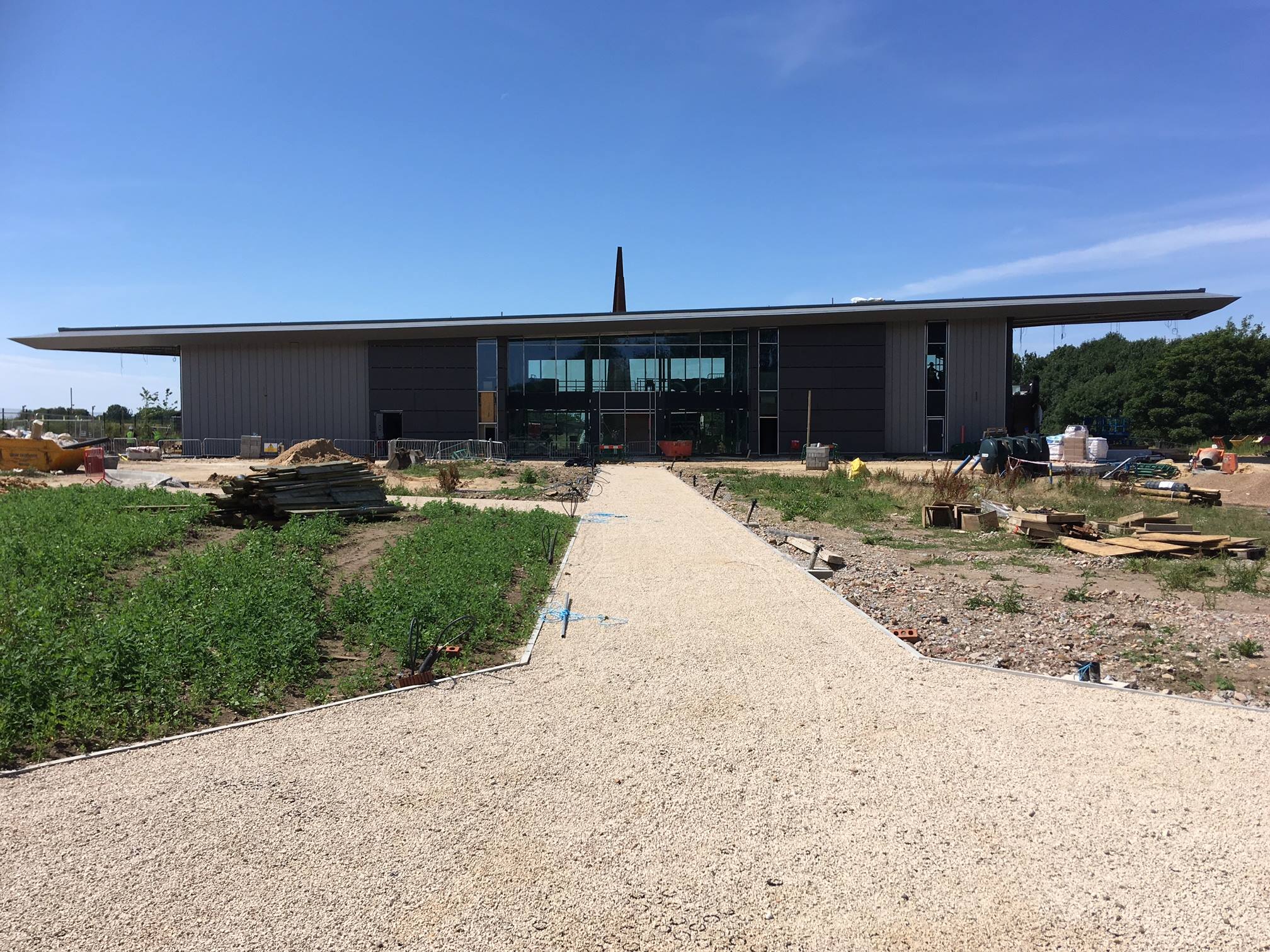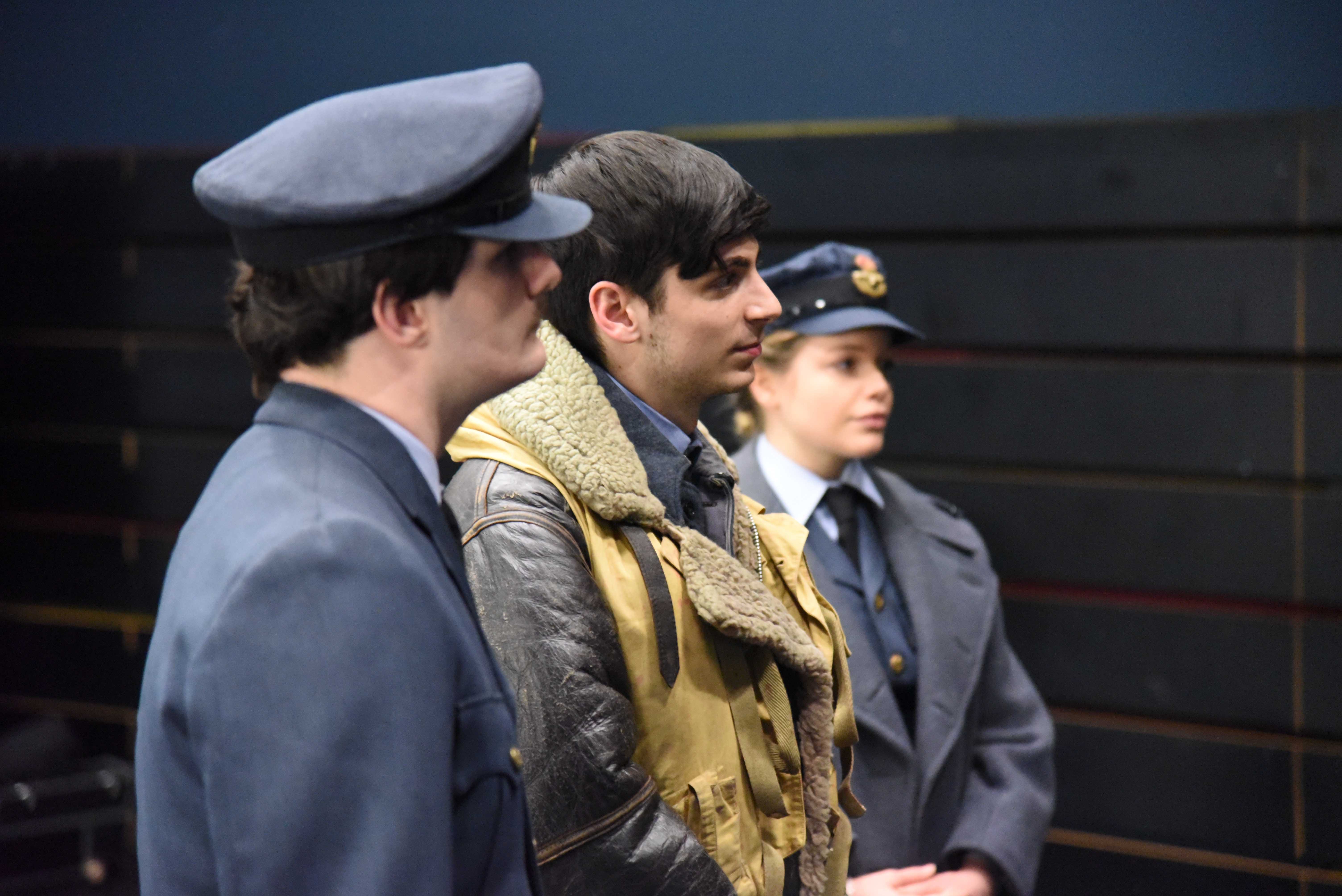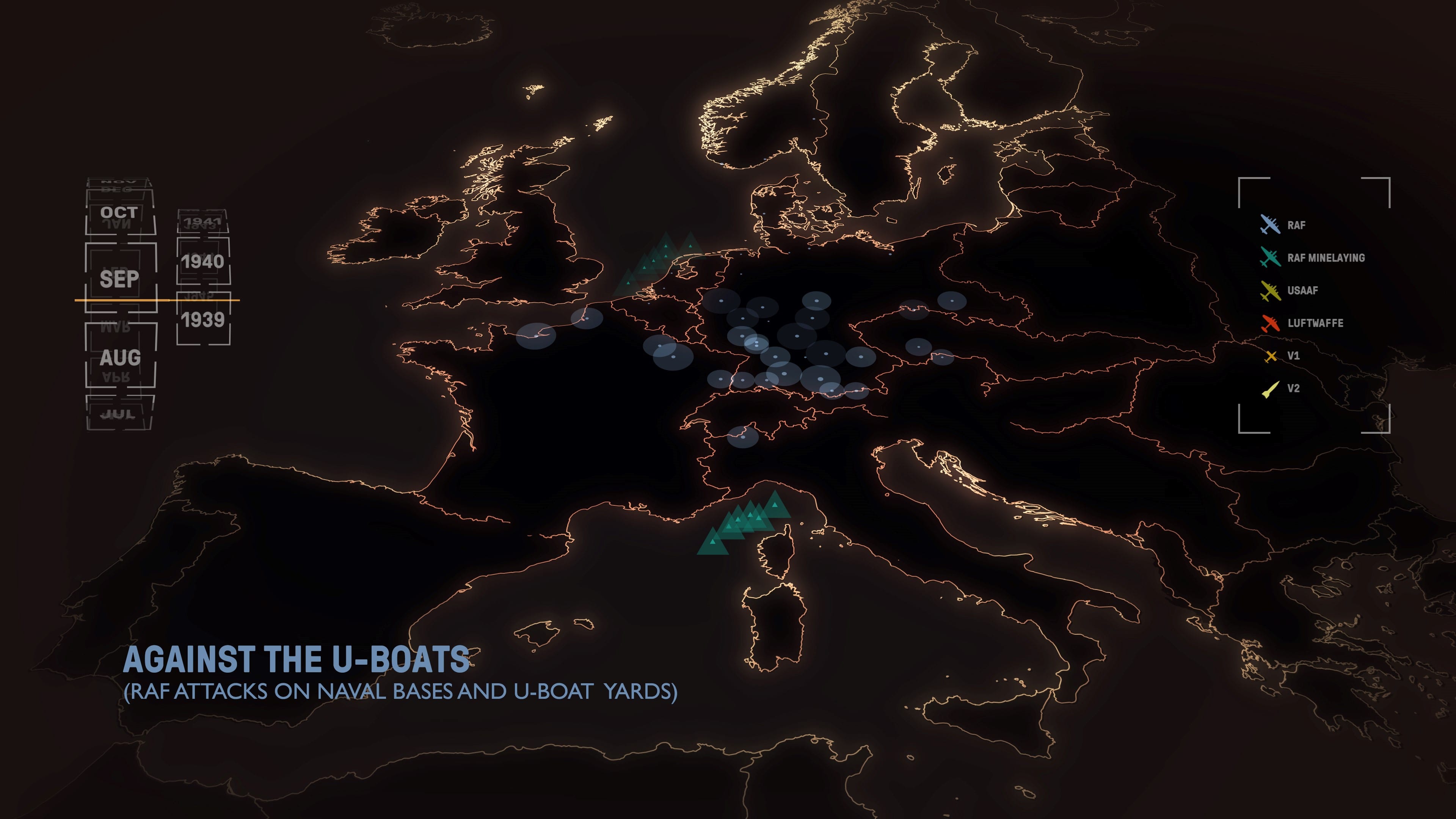Since we began work creating the IBCC Digital Archive in 2015, we have recorded over 700 oral histories and digitised approximately 100,000 pages, letters, diaries and photographs. The team at the Digital Archive have used this wealth of material to create the exhibition for the International Bomber Command Centre. The centre will open in 2018 as a world-class facility in Lincoln, and will serve as a focus for recognition, remembrance and reconciliation for RAF Bomber Command. None of this would have been possible if our core team of six staff had not been assisted by scores of volunteers.
Much of the content for the exhibition, around 10,000 words of text and 100 images for the graphic panels, has already gone through the process of drafting, proof reading, testing with focus groups and will shortly be set in acrylic. Writing content for the graphic panels has been like writing a chapter or an article, but in 150 word bite sized pieces. Like academic writing, we’ve had the usual issues clearing copyright for externally sourced images, but sometimes we’ve also struggled to find content from our own archive as our collections are only now becoming fully searchable as transcriptions are being written and metadata prepared. It has also been hard to convey some of the subject’s complexity in so few words and to keep our target audience, an intelligent 15 year old, in mind as we write. The final digital elements of the exhibition will be delivered over the next few weeks before the construction company moves into the centre to fit it out.
The content and tone of the exhibition follows the interpretation plan we first drafted in May 2015. It sets out how we deal with the ‘difficult heritage’ of the history of Bomber Command. Aerial bombing does not fit easily within the narrative of the Second World War as a ‘good war’. Often, when the bombing war is remembered it is in the context of either the Dam Busters or the firestorm of Dresden. RAF veterans can be regarded as either heroes or villains. They themselves perceive that their contribution to the war has been neglected, and the last seventy years has been a struggle for recognition culminating in the dedication of the Bomber Command memorial in Green Park and the awarding of the Bomber Command Clasp in 2012.
The IBCC aims to tell the stories of all those who served in, supported the efforts of, and/or suffered as a result of the activities of Bomber Command. These narratives will be told using material from our archive, the personal everyday experiences of those who were caught up in the bombing war, civilian and military, in the air or on the ground, on both sides of the conflict. Their voices will be complemented by non-judgemental and inclusive interpretation in the IBCC’s official voice. We hope that the exhibition will encourage visitors to engage with the content of the Digital Archive hosted by the University of Lincoln.
The exhibition will have three galleries. In the manner of Len Deighton’s novel Bomber, our first space will tell the story of the bombing war from a military perspective using a 24 hour timeline of a typical bombing operation, the second will tell stories from the home fronts, while the third space, ‘Remembering Bomber Command’ discusses the lives of those affected by Bomber Command and its legacy over the 70 years since the end of the war. The first two spaces are ‘black boxes’ much favoured by museum designers, but the last gallery is flooded with ambient light and has a view of the memorial in an attempt to encourage visitors to reflect on the war.
There is little wartime history to the site, and it was decided early in the project not to display ‘bits of bent and twisted metal.’ Rather than focus on aircraft, politics, strategy or technical advances, we aim to tell stories about the people involved. Our exhibition will contain only a handful of physical objects, each chosen to illustrate shared experiences. One of these will be a board game produced in Italy to educate children about air-raid precautions. Our galleries will also contain both physical and digital interactive exhibits and interpretation. An ‘orchestra of voices’ taken from our oral history interviews with veterans and survivors will be key to the visitor experience. Visitors will access these through several 1940s style Bakelite telephones and digital screens.
Such audio visual interactives make up a large part of our exhibition, and students and staff from the university have played a large part in creating them. University students are about the same age as many bomber aircrew; over the summer members of the university’s performing arts and media production departments helped in the creation of filmed performances based on our oral histories. These will be shown on high definition screens in two of our galleries. Students are currently putting the finishing touches to an interactive for the Home Fronts gallery based on photographs and letters from the archive, and a system that will enable visitors to leave feedback and help add to the archive.
The exhibition has required many separate research projects, small and large, carried out by the archive staff and the project’s volunteers. One of the largest research projects has fed into another of the exhibition’s audio visual displays. Based on almost 380,000 fields of data, an animated map of Europe will be projected on a seven metre screen. It will show every bombing operation carried out by the RAF, the USAAF, Luftwaffe, and Nazi vengeance weapons for six years of war.
We have been working closely with Redman, our exhibition designers and Centre Screen, our audio visual contractors, to develop the exhibition content they are responsible for. We will be meeting soon to finalise their designs and hopefully approve them. In the meantime, our work continues, choosing clips from the archive for the telephone handsets and writing extra content and interpretation to be delivered on the centre’s handheld tablets or the visitor’s own mobile devices. We are on track to meet the deadline to deliver the final content to the fit-out company towards the end of October so the centre can open in January 2018.
When the centre opens we hope that its visitors will leave the exhibition with an understanding of shared experiences of the bombing war, some knowledge of the complexities of the history of Bomber Command, and perhaps new questions about the contemporary use of Air Power. Above all we hope that our exhibition will assist with the remembrance and recognition of the human cost of Bomber Command’s war.
Dr Dan Ellin, IBCC Archive and Exhibition Curator





